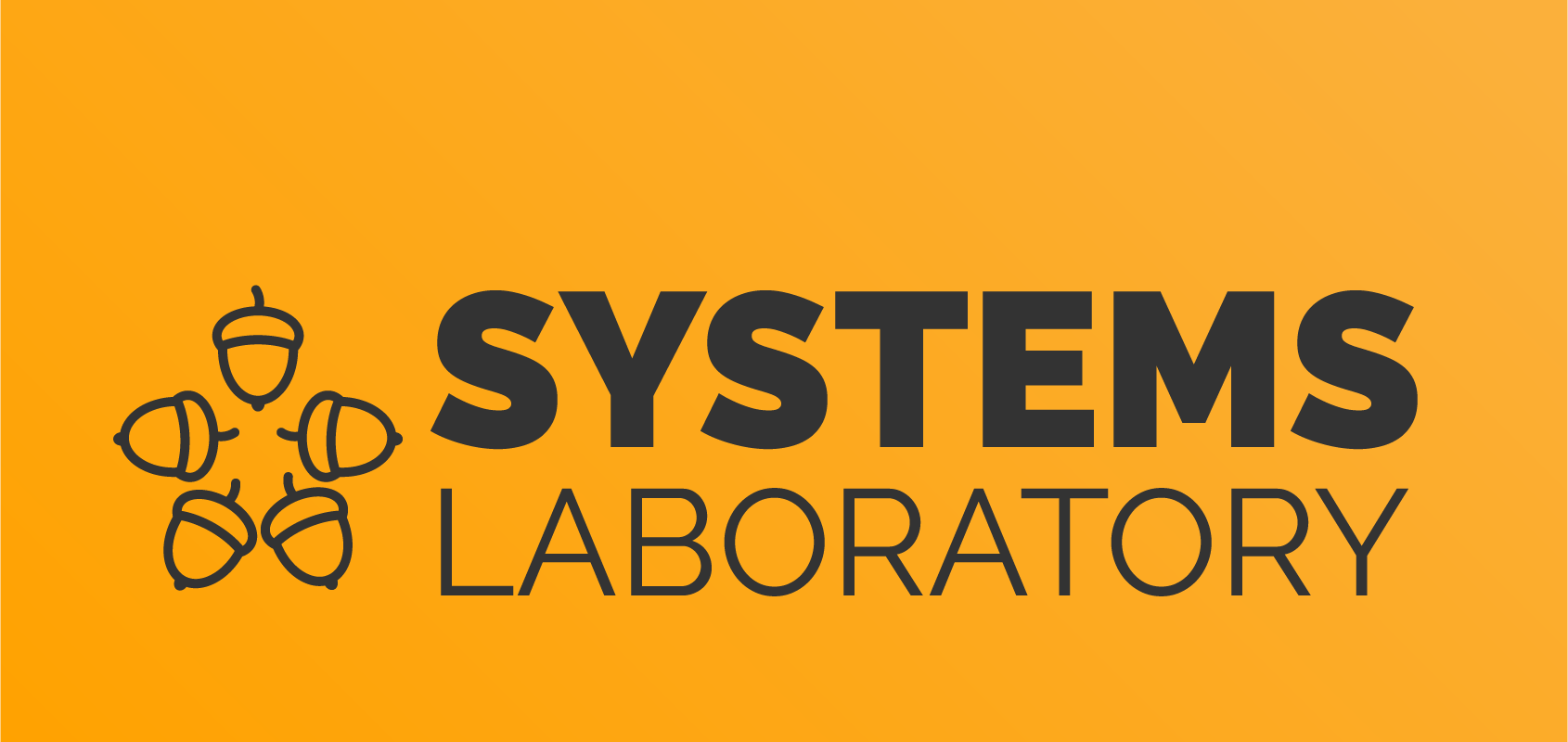Lab 09 - Machine Learning
Objectives
- Understand basic concepts of machine learning
- Remember examples of real-world problems that can be solved with machine learning
- Learn the most common performance evaluation metrics for machine learning models
- Analyse the behaviour of typical machine learning algorithms using the most popular techniques
- Be able to compare multiple machine learning models
Resources
In this lab, we will study basic performance evaluation techniques used in machine learning, covering elementary concepts such as classification, regression, data fitting, clustering and much more.
You will work in an environment that is easy to use, and provides a couple of tools like manipulating data and visualizing results. We will use a Jupyter Notebook hosted on Google Colab, which comes with a variety of useful tools already installed.
The exercises will be solved in Python, using popular libraries that are usually integrated in machine learning projects:
- Scikit-Learn: fast model development, performance metrics, pipelines, dataset splitting
- Pandas: data frames, csv parser, data analysis
- NumPy: scientific computation
- Matplotlib: data plotting
As datasets, we will use some public corpora provided by the Kaggle community:
You can also check out these cheet sheets for fast reference to the most common libraries:
Cheat sheets:
Tasks
Google Colab Notebook
For this lab, we will use Google Colab for exploring performance evaluation in machine learning. Please solve your tasks here by clicking “Open in Colaboratory”.
You can then export this python notebook as a PDF (File → Print) and upload it to Moodle.
Feedback
Please take a minute to fill in the feedback form for this lab.


